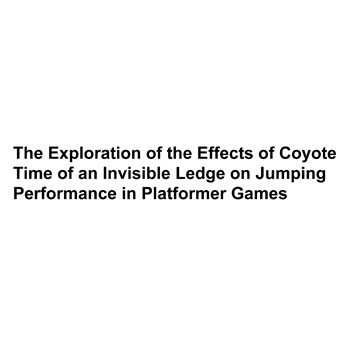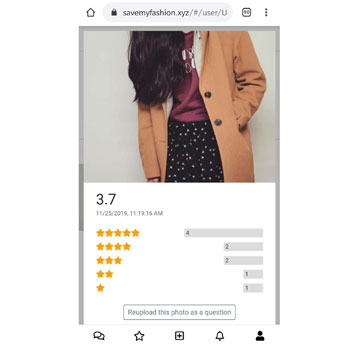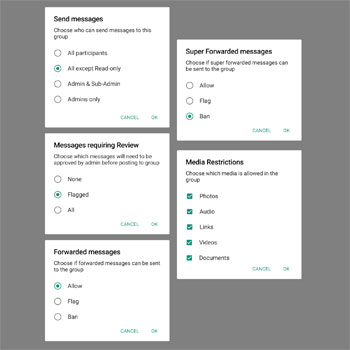This journey started with different ideas than the ones presented here. I picked the domain of fake news and wished to address it with a game at the start of the semester. It was only after diving deep into it that I realised that I was way out of my depth there. I got lost in its philosophical foundations that dealt with things like truthiness, epistemic responsibility, and post-truth. If this was the only place I got lost in, that might have been fine, but my vision kept getting murkier with added layers of complexity. There are systemic reasons for platforms prioritising engagement over signals of truth. Finding the truth is hard for the machines and both hard and expensive for humans. Teaching people how to find the truth online is an added challenge. Media literacy techniques optimised for the web are few, far between, and limited in their results. In addition, this domain is directly affected by the flaws in human reasoning, like biases and motivated reasoning. As a design student, I found it impossible to define a design brief and find a direction. It did not help that I kept questioning my own assumptions rather than acknowledging them and building on them. After a series of failed attempts at connected but distinct approaches, I have finally fixed on the following brief. It is a necessary but insufficient precondition to a fake news intervention. Over the span of these past months, I have reached the conclusion that fake news may not be a design problem at present. I aim to articulate and write a piece of literature arguing the same, but it was deemed out of scope for this particular project.


